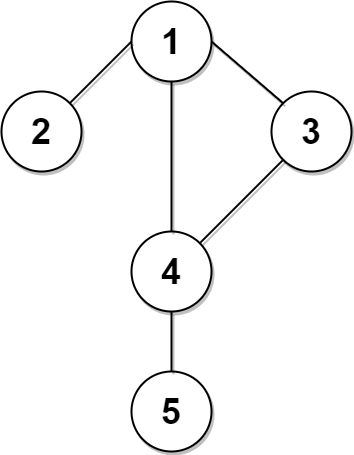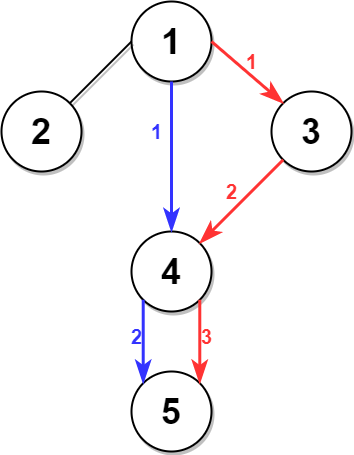There are n seats and n students in a room. You are given an array seats of length n, where seats[i] is the position of the ith seat. You are also given the array students of length n, where students[j] is the position of the jth student.
You may perform the following move any number of times:
- Increase or decrease the position of the
ithstudent by1(i.e., moving theithstudent from positionxtox + 1orx - 1)
Return the minimum number of moves required to move each student to a seat such that no two students are in the same seat.
Note that there may be multiple seats or students in the same position at the beginning.
Example 1:
Input: seats = [3,1,5], students = [2,7,4] Output: 4 Explanation: The students are moved as follows: - The first student is moved from from position 2 to position 1 using 1 move. - The second student is moved from from position 7 to position 5 using 2 moves. - The third student is moved from from position 4 to position 3 using 1 move. In total, 1 + 2 + 1 = 4 moves were used.
Example 2:
Input: seats = [4,1,5,9], students = [1,3,2,6] Output: 7 Explanation: The students are moved as follows: - The first student is not moved. - The second student is moved from from position 3 to position 4 using 1 move. - The third student is moved from from position 2 to position 5 using 3 moves. - The fourth student is moved from from position 6 to position 9 using 3 moves. In total, 0 + 1 + 3 + 3 = 7 moves were used.
Example 3:
Input: seats = [2,2,6,6], students = [1,3,2,6] Output: 4 Explanation: The students are moved as follows: - The first student is moved from from position 1 to position 2 using 1 move. - The second student is moved from from position 3 to position 6 using 3 moves. - The third student is not moved. - The fourth student is not moved. In total, 1 + 3 + 0 + 0 = 4 moves were used.
Constraints:
n == seats.length == students.length1 <= n <= 1001 <= seats[i], students[j] <= 100
Solution: Greedy
Sort both arrays, move students[i] to seats[i].
Time complexity: O(nlogn)
Space complexity: O(1)
C++
|
1 2 3 4 5 6 7 8 9 10 11 12 |
// Author: Huahua class Solution { public: int minMovesToSeat(vector<int>& seats, vector<int>& students) { sort(begin(seats), end(seats)); sort(begin(students), end(students)); int ans = 0; for (size_t i = 0; i < seats.size(); ++i) ans += abs(seats[i] - students[i]); return ans; } }; |




